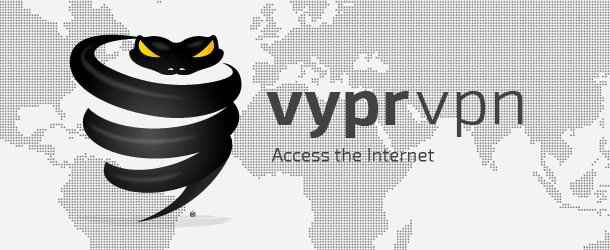How Does Fiber Internet Work?

If you’re looking for faster internet and the option is available, then consider a fiber-optic connection.
Light signals are used with this type of connection so that data is sent faster than it would be with other types of cables or via satellite. This means that you’ll be able to watch videos, play games, and perform other tasks with ease if you use fiber-optic internet compared to possibly waiting for a page to download or seeing a lag while online with other types of connections. You’ll also discover that a fiber connection is a bit more reliable than other connections.
Types of Cables
There are glass filaments inside the cords that comprise fiber optic internet. Lasers and light signals make it possible for sending a signal to your home so that you can have fast service. The light involved in the fiber connection can be transmitted over larger areas compared to DSL or satellite only covering targeted areas. This means that more people can have access to the internet instead of some areas being able to connect and some needing to find another way to go online.
What Are the Differences in Connections?
A benefit of fiber internet is that there are fewer disruptions during the transmission of the signals, which means that you won’t have lag or slow speeds. Copper wires comprise the backbone for DSL and cable connections. These are the same types of wires that you might find in a phone line inside your home. There could be issues with the wires that cause a disruption in the signal that is sent to your home, which means that you might be without internet service for a short time or until the cables are repaired.
Distance
As cables get longer for connections, there is a greater risk of something happening to the wires that are inside the cables. You’ll also notice that the signal isn’t as strong as the cable gets farther away from the source of the internet connection. This isn’t a problem that you’ll find with fiber internet since there’s a light source instead of wires. You’ll also find that internet providers who offer DSL and cable internet often has a cap with the speeds that are provided because the cables can only carry so much power behind them. The load times with fiber internet are faster as well as the streaming quality and speeds.
Behind the Numbers
If you look at the speed of fiber internet, you’ll see that it’s about 100 times faster than what DSL internet offers. The primary function for cables that are used for DSL and cable internet was for phone services. This is why you’ll notice slower speeds with these internet connections as fiber sources were designed for home internet and internet connection for businesses.
Fiber Connections
If you want a clean connection, then consider a fiber to home source. The connection is made from the internet source right to a device in your home. You’ll usually have the fastest internet with this type of connection.
Another option is fiber to curb. This means that the fiber cables go to a pole or a box outside of your home before being connected to your home. Though the connection is still fast, it’s a bit slower than if the cables are connected right to your home.
If there are several people connecting to fiber internet, then the cables will usually run through a large device or node before being run to individual homes.



